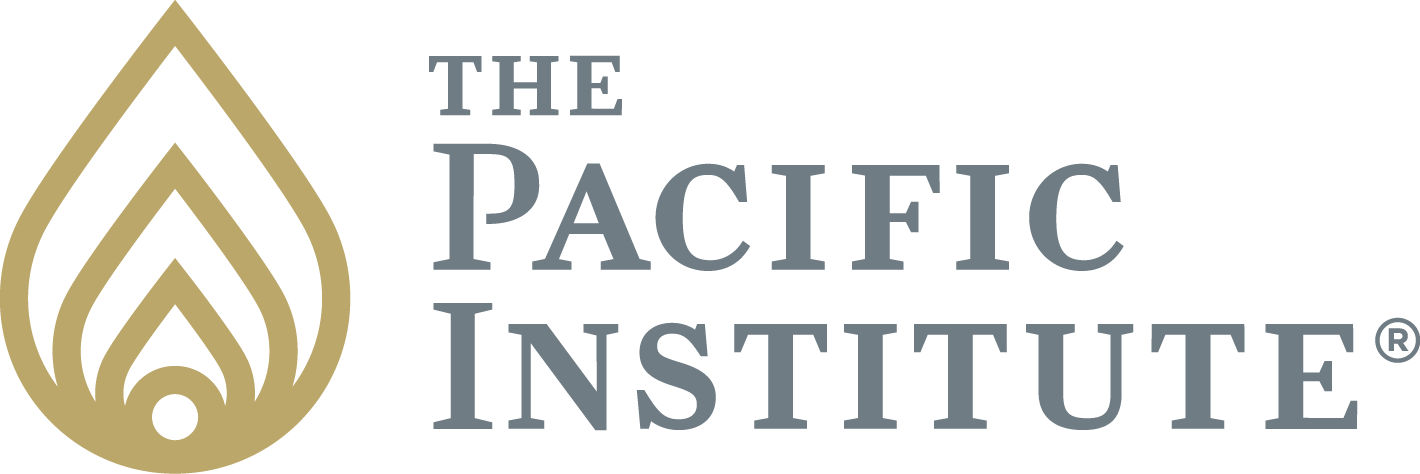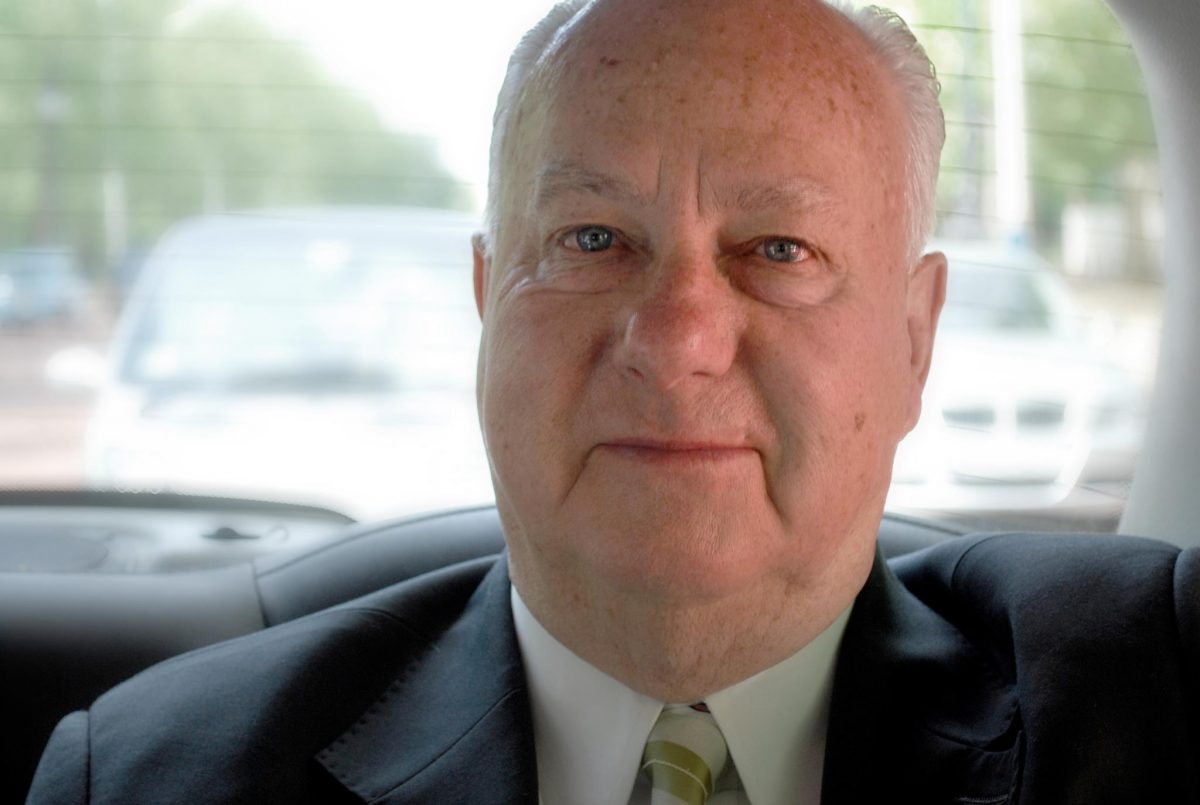The TPI curriculum is one that will endure. The principles will be as applicable 100 years from now as they are today. This is because the principles are based on two psychological theoretical frameworks, that are based on literally more than 1000 empirical experiments conducted in both laboratory educational and work settings: Goal Setting and Social Cognitive Theory. That does not mean that TPI can rest on its laurels TPI must stay abreast of new findings.
Goal setting:
One enduring Pacific Institute principle is goal setting. A specific, high goal leads to significantly higher performance in sports, in education, and in the workplace more so than no goals or even an abstract goal such as “do your best.” Goals convey hope for the future. They give people a standard for assessing their effectiveness. They give meaning to otherwise meaningless tasks ranging from housework to golf. If few in number, such as 3-7, goals reduce stress and feelings of burnout because their attainment provides feelings of accomplishment.There are three types of goals: performance, learning, and behavioral. Performance goals focus on outcomes such as earn an A on the next physics exam, obtain a 90 or less on the golf course Saturday, or increase revenue by 20% over the past quarter.
A new finding in the behavioural sciences is that setting specific, high goals has a detrimental effect on performance if the person lacks the ability to attain them. If people lack the knowledge or skill to attain a specific, high goal, they tend to engage in a mad scramble to find ways to effectively pursue it. Hence their performance typically gets worse rather than better. A solution is to adopt a vague goal (e.g., “I will do my best.”).
A new finding in the behavioural sciences is that a far better solution, than exhorting folks to do their best, is to set a specific high learning goal. When people lack the ability to attain a specific high desired outcome, performance soars when a specific high learning goal (e.g., come up with five ways you can obtain a high grade in physics; discover seven ways you can reduce your golf score; generate three strategies we can implement for increasing market share this quarter) is set. Learning goals shift one’s focus from outcomes to strategy, processes, procedures and systems for performance improvement. Specificity and challenge are as important for learning as they are for performance goals. Learning goals are effective, when ability is lacking, because they focus attention on thinking systematically of processes that will lead to a desired outcome.
Behavioural goals are important because not everything is a measurable outcome (e.g., team playing, team playing across functions, integrity, service). A 360 degree survey feedback instrument lends itself to setting behavioral goals. When Bill Gates was a CEO, he insisted on goal setting by his top 100 managers based on the 360 degree feedback each person received. The art of setting behavioural goals is to do a job analysis to identify the behaviors critical for attaining a desired outcome (e.g., what do we need to do to increase revenue by 18% this quarter). Do = behavior. Coaches, whether in athletics, education, or the workplace focus on critical behaviours that make “a difference.”
A new finding is that in the work setting, assigned goals are as effective as goals that are set participatively in terms of goal commitment and job performance. However, the goal cannot be assigned in a curt or abrupt manner. The logic or rationale for it must be given. Nevertheless, new findings show that participatively set goals are often superior to an assigned goal because they are typically higher than a goal that is assigned. Given sufficient ability, the higher the goal, the higher the performance. Self-set goals are key to self-management/self-leadership. Sometimes they are not as effective in the workplace for increasing job performance as assigning or participatively setting a goal. The reason is that the self-set goal may not be as high as one that is participatively set or assigned by an authority figure.
Outcome expectancy:
Social cognitive theory also emphasizes the importance of setting a specific, high goal for increasing a person’s performance. This theory also explains why a person takes no action to attain a goal even when the goal is specific. The answer is often due to low outcome expectancy. A key role of a leader, coach, teacher, and parent is to help people see the relationship between what they are doing and the outcome they can expect. This is not a profound concept; yet, it is one that is often overlooked.
Self-efficacy:
Research on social cognitive theory is most famous for the findings on self-efficacy. Self-efficacy, another key principle in the TPI curriculum, is defined as my belief, my conviction that I can cause, I can bring about, I can make happen. Self-efficacy is task specific. In my case, I have high self-efficacy that I can do publishable research in psychology; I have low, very low, self-efficacy for tasks that require mechanical skill.The principles for increasing efficacy beliefs of a team are the same as those for increasing the beliefs of an individual. The principles for increasing the efficacy beliefs of an 8 year old are the same as increasing the efficacy beliefs of a 48 or an 88 year old. There are at least four ways of increasing the efficacy beliefs of those who lack self-confidence in one or more specific areas.
Enactive mastery: In plain English, this means giving a low self-efficacious person a series of tasks that are sequenced in such a way that they all but guarantee “small wins.” Experiencing “wins” inculcates/restores confidence: “Yes I can!”
“Yes I can” mindsets are important because people with high self-efficacy set, and commit to, high goals. People with low self-efficacy look for reasons to abandon high goals. Obstacles and set-backs to goal attainment for those with high self-efficacy are inherent in the fun, the challenge of the task. For people with low self-efficacy, the same obstacles, the same set backs are viewed as proof that they should walk away from the goal or set a much lower one. For this reason, smart parents, teachers, leaders, coaches “stay close by.” When a person with low self-efficacy for a task stumbles, they are there to help that individual regain confidence (“Here is all you have to do…”).
Find a model: But, that is only half the story. Find a model with whom the person, or team you are coaching, see as similar to them; a person or team who has either mastered the task or is in the process of doing so. “If she, he, they can, so can I.”
Persuasion by a significant other: This is both a great and a terrible finding. This is because we tend to behave in accordance with the expectations of those who are significant to us. Lou captured this cogently by coining the term, the “Great Who Said.” A Who Said is a person we allow to whisper in our ears. We subconsciously give that person the power to energize us. We also give this person power to de-energize us. Therefore, it is important for each of us to take the time necessary to identify who are those significant others. Seek a positive Who Said when we are feeling down; minimize interaction with a negative significant other when we are feeling down. Keep your eyes and ears open as to who are the significant others/Who Saids for the people on your team. Finally, be sensitive as to what you say and how you say it to those for whom you are a significant other.
Self-talk: Our self-talk can be highly functional. We self-observe and self-remember. We talk ourselves into “Yes, I can” mindsets when we take on, or are assigned, difficult tasks. Sadly, our self-talk can be highly dysfunctional. We can be masterful at tearing ourselves apart.
To maintain and enhance self-efficacy, pick a specific time of day (e.g., shower, treadmill, subway, traffic) to answer the following question: “What are three things I did well today/yesterday?” If you do this the same time every day, this exercise becomes a habit. This habit will keep the bounce in your step.
When you screw-up, and every one of us do so, ask yourself the following questions: (1) Can this mess be undone? Will a sincere apology prove helpful? (2) How am I smarter, wiser? What will I do differently? (3) Who can benefit from my error? With whom should I share this knowledge? (4) Literally celebrate a significant “failure.” Doing so reduces the probability that you will repeat this “failure” to all but zero.
Lou Tice:
Lou jokingly described himself to me as the “great plagiarizer.” The emphasis is on the word “great.” He had the genius to translate scientific findings in meaningful, memorable ways for the public (e.g., Who Said, Scotoma, Lock on/Lock out). He chose robust findings rather than flash in the pan fads (e.g., sensitivity training). He was a genius who consistently set specific high goals, saw what needed to occur to attain them and had the self-confidence that he would in fact attain them. Lou Tice was a great parent, teacher, leader, coach.
In my opinion, and I think you will agree, Lou Tice was a genius.



